A new study has found that artificial intelligence systems struggle to distinguish between objective facts and subjective beliefs. This limitation poses risks as these technologies enter high-stakes fields like medicine and law.


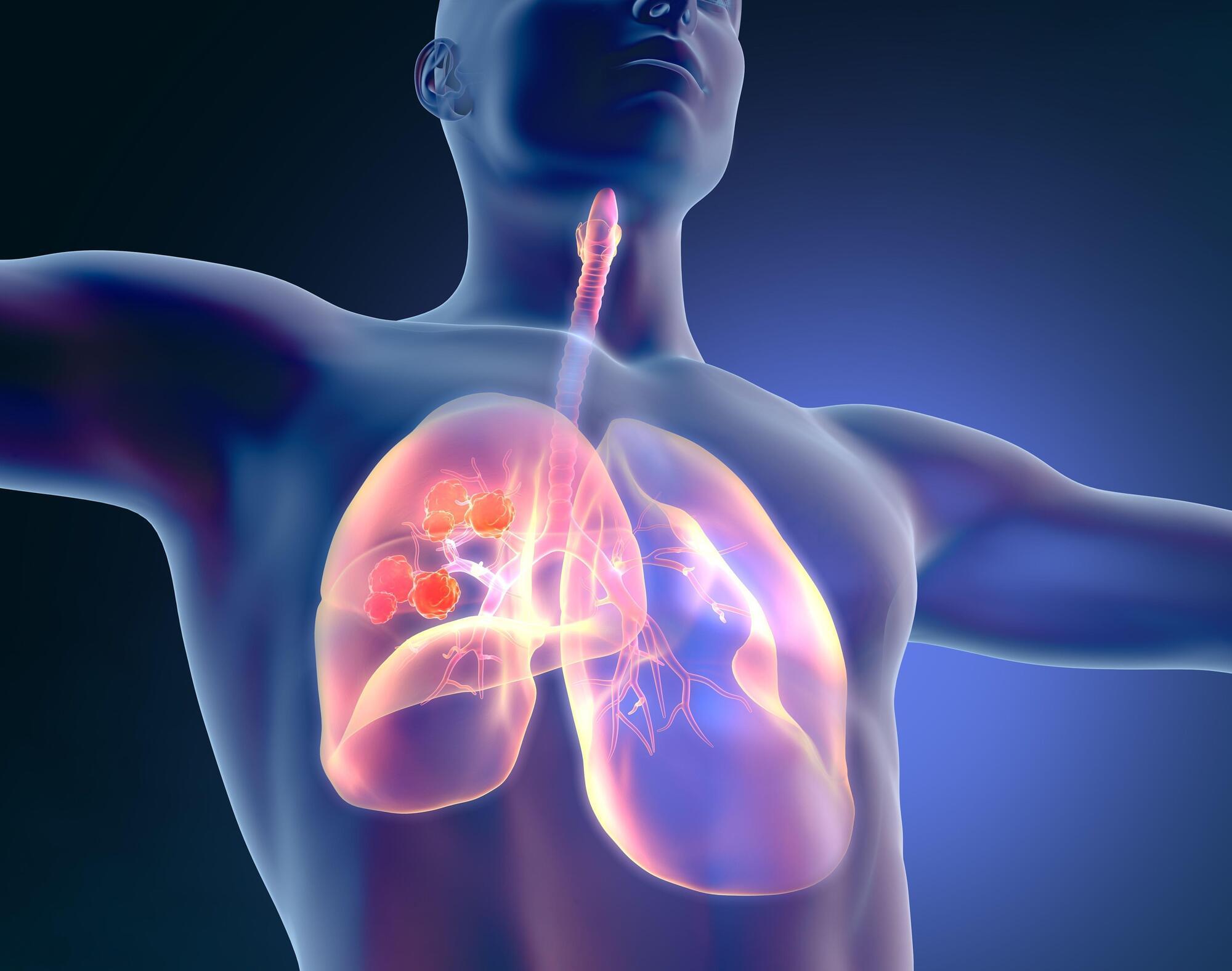
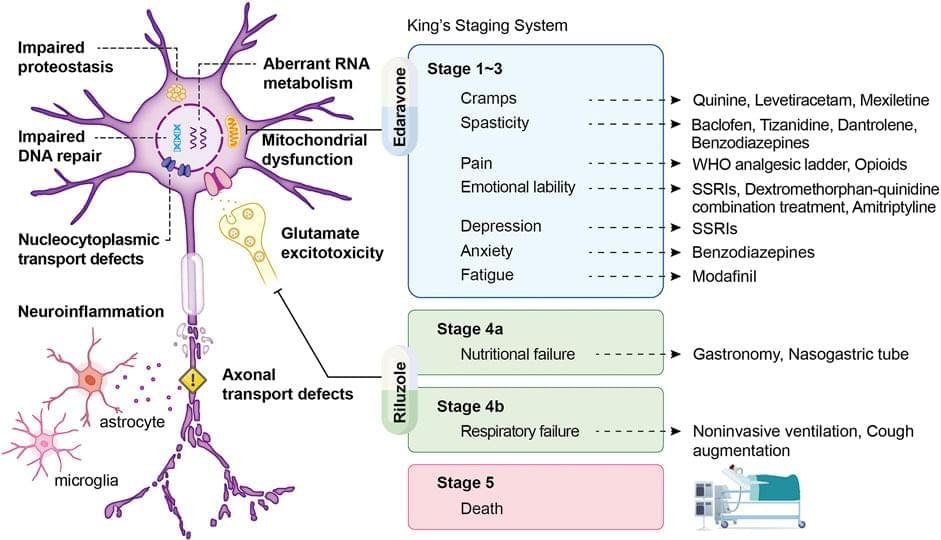
Amyotrophic lateral sclerosis (ALS) is a fatal neurodegenerative disease characterized by progressive upper and lower motor neuron (MN) degeneration with unclear pathology. The worldwide prevalence of ALS is approximately 4.42 per 100,000 populations, and death occurs within 3–5 years after diagnosis. However, no effective therapeutic modality for ALS is currently available. In recent years, cellular therapy has shown considerable therapeutic potential because it exerts immunomodulatory effects and protects the MN circuit. However, the safety and efficacy of cellular therapy in ALS are still under debate. In this review, we summarize the current progress in cellular therapy for ALS. The underlying mechanism, current clinical trials, and the pros and cons of cellular therapy using different types of cell are discussed. In addition, clinical studies of mesenchymal stem cells (MSCs) in ALS are highlighted. The summarized findings of this review can facilitate the future clinical application of precision medicine using cellular therapy in ALS.
ALS is believed to result from a combination of genetic and environmental factors (Masrori and Van Damme 2020). ALS exists in two forms: familial ALS (fALS) and sporadic ALS (sALS). fALS exhibits a Mendelian pattern of inheritance and accounts for 5–10% of all cases. The remaining 90–95% of cases that do not have an apparent genetic link are classified as sALS (Kiernan et al., 2011). At the genetic level, more than 20 genes have been identified. Among them, chromosome 9 open reading frame 72 (C9ORF72), fused in sarcoma (FUS), TAR DNA binding protein (TARDBP), and superoxide dismutase 1 (SOD1) genes have been identified as the most common causative genes (Riancho et al., 2019). Beyond genetic factors, the diverse pathological mechanisms of ALS-associated neurodegeneration have been discussed (van Es et al., 2017). The clinical symptoms of ALS are heterogeneous, with main symptoms including limb weakness, muscle atrophy, and fasciculations involving both upper and lower MNs.
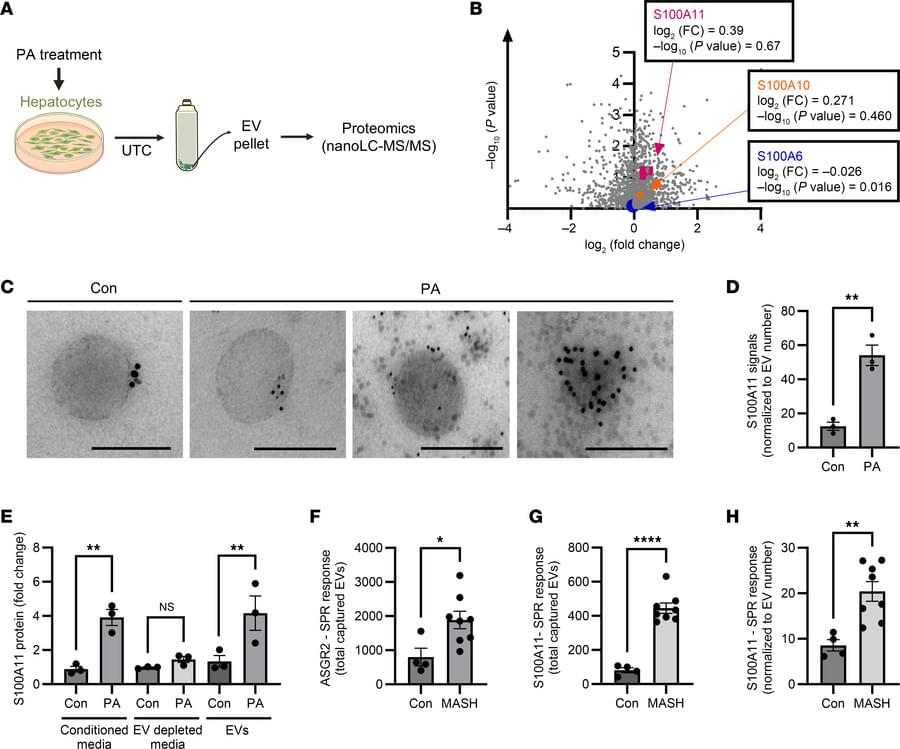
Harmeet Malhi & team discover ER-stress mediated S100A11 upregulation drives progression of fatty liver disease, revealing a new target for future treatments:
The figure shows reduction within the high-fat,-fructose, and-cholesterol,-lipotoxicity-influenced enhancer (FFC-LIE) mouse groups compared with FFC-scramble controls.
Address correspondence to: Harmeet Malhi, Division of Gastroenterology and Hepatology, Mayo Clinic, 200 First Street SW, Rochester, Minnesota 55,905, USA. Phone: 507.284.0686; Email: [email protected].
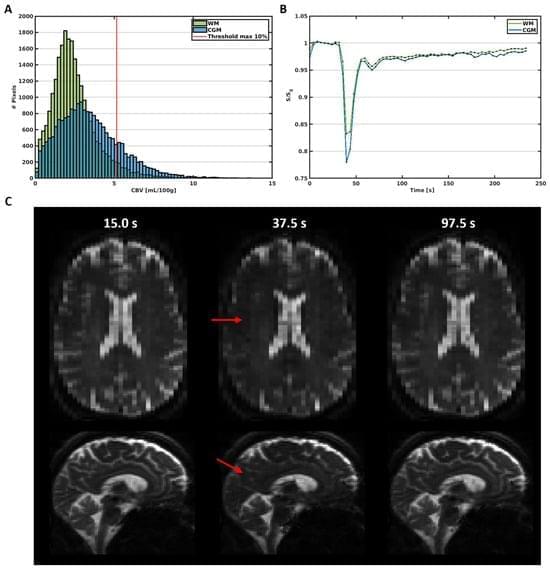
Perfusion measures of the total vasculature are commonly derived with gradient-echo (GE) dynamic susceptibility contrast (DSC) MR images, which are acquired during the early passes of a contrast agent. Alternatively, spin-echo (SE) DSC can be used to achieve specific sensitivity to the capillary signal. For an improved contrast-to-noise ratio, ultra-high-field MRI makes this technique more appealing to study cerebral microvascular physiology. Therefore, this study assessed the applicability of SE-DSC MRI at 7 T. Forty-one elderly adults underwent 7 T MRI using a multi-slice SE-EPI DSC sequence. The cerebral blood volume (CBV) and cerebral blood flow (CBF) were determined in the cortical grey matter (CGM) and white matter (WM) and compared to values from the literature. The relation of CBV and CBF with age and sex was investigated.

The MIT researchers have spent the past few years developing the Synthetic Survival Control causal inference framework, which enables them to answer complex “when-if” questions when using available data is statistically challenging. Their approach estimates when a target event happens if a certain intervention is used.
In this paper, the researchers investigated an aggressive cancer called nodal mature T-cell lymphoma, and whether a certain prognostic marker led to worse outcomes. The marker, TTR12, signifies that a patient relapsed within 12 months of initial therapy.
They applied their framework to estimate when a patient will die if they have TTR12, and how their survival trajectory would be different if they do not have this prognostic marker.

A new University of California San Diego School of Medicine study offers a unified biological model to explain how genetic predispositions and environmental exposures converge to cause autism spectrum disorder (ASD).
The study, published in Mitochondrion, describes a “three-hit” metabolic signaling model that reframes autism as a treatable disorder of cellular communication and energy metabolism. The model also suggests that as many as half of all autism cases might be prevented or reduced with prenatal and early-life interventions.
“Our findings suggest that autism is not the inevitable result of any one gene or exposure, but the outcome of a series of biological interactions, many of which can be modified,” said study author Robert K. Naviaux, M.D., Ph.D., professor of medicine, pediatrics and pathology at UC San Diego School of Medicine.

An international collective of researchers is delivering new insights into why having multiple psychiatric disorders is the norm rather than the exception. In a study published today in the journal Nature, the team provides the largest and most detailed analysis to date on the genetic roots shared among 14 conditions.
The study is the latest effort from the Psychiatric Genomics Consortium’s Cross-Disorder Working Group, co-chaired by Kenneth Kendler, M.D., a professor in the Department of Psychiatry at Virginia Commonwealth University’s School of Medicine, and Jordan Smoller, M.D., a professor in the Department of Psychiatry at Harvard Medical School.
The majority of people diagnosed with a psychiatric disorder will ultimately be diagnosed with a second or third disorder in their lifetime, creating challenges for defining and treating these conditions. While a person’s environment and lived experience influence their risk for developing multiple disorders, their genetic makeup can also play a significant role.
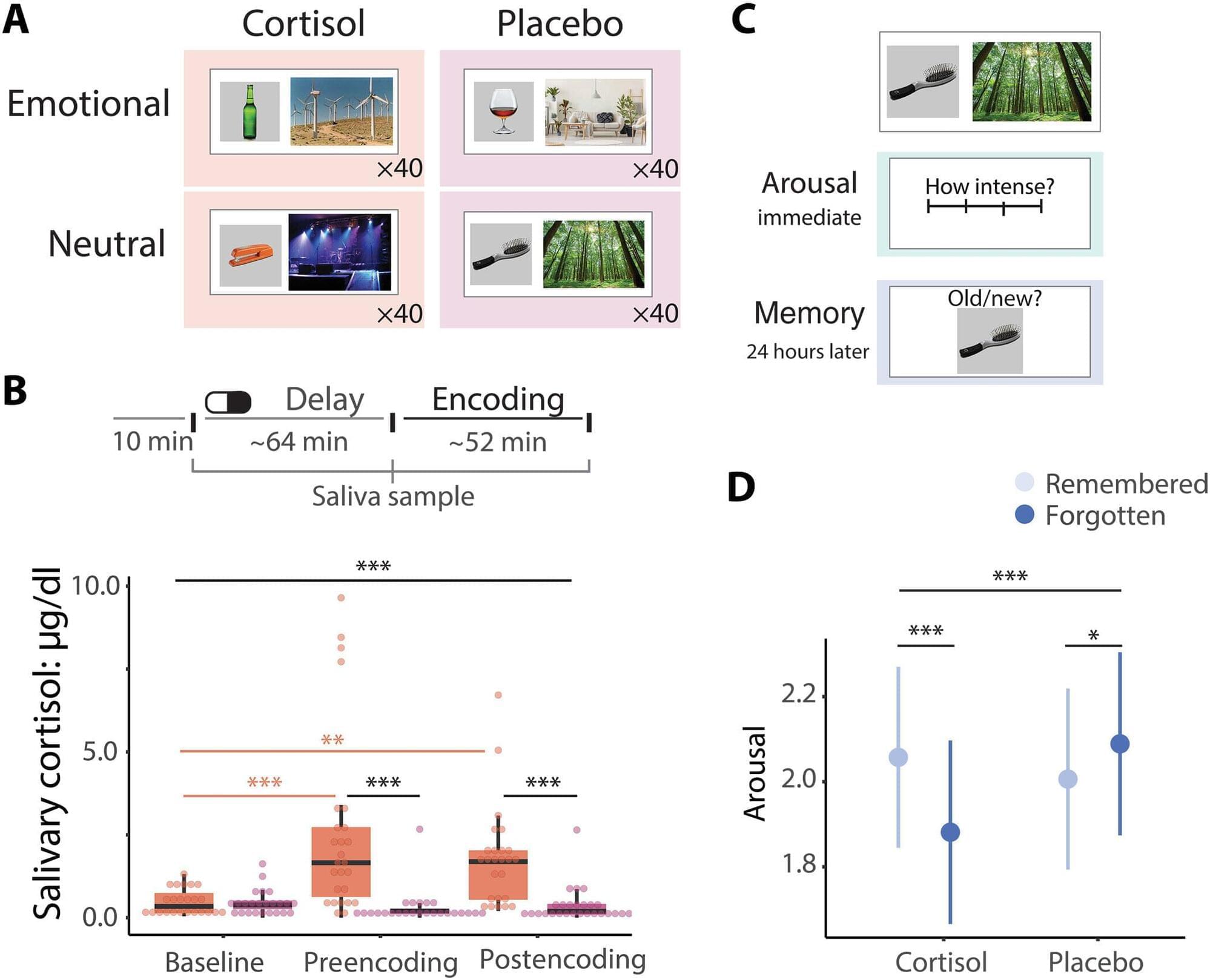
Stress influences what we learn and remember. The hormone cortisol, which is released during stressful situations, can make emotional memories in particular stronger. But how exactly does cortisol help the brain build emotional memories?
In a new study, Yale researchers investigated just that. Specifically, they wanted to know how cortisol acts separately on brain circuits that track emotion and those that track memory. They found that cortisol not only helped people remember emotional experiences but also enhanced emotional memory by changing the dynamic brain networks associated with both memory and emotion.
“We all experience stress, and my lab is interested in understanding how stress can be helpful,” said corresponding author Elizabeth Goldfarb, an assistant professor of psychiatry at Yale School of Medicine and of psychology in the Faculty of Arts and Sciences.
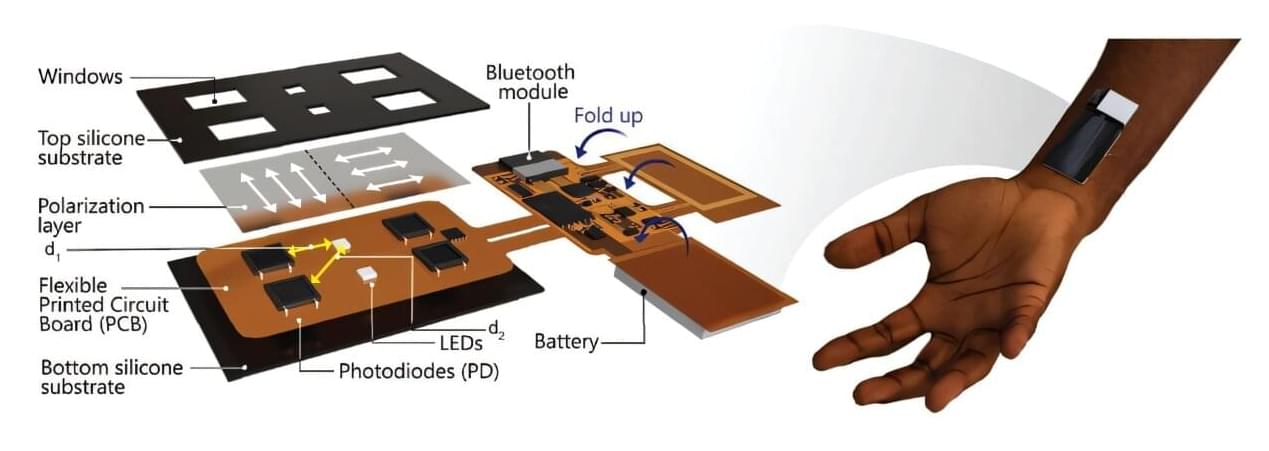
Photoplethysmography (PPG) is an optical sensing technique that measures blood volume changes and underpins devices ranging from hospital-grade pulse oximeters to consumer wearables that track heart rate, sleep, and oxygenation.
Despite its widespread use, PPG accuracy can vary significantly across individuals, particularly by skin tone. Darker skin contains more melanin, which absorbs and scatters light, often leading to less reliable readings. This disparity has been linked to inaccuracies in blood-oxygen measurements among people with more melanin.